Invasives: Do Home Remedies Manage Fire Ants?
Monday, September 30th, 2013This is Passport to Texas
The impact of red imported fire ants in Texas is $1.2 billion annually. These insects wreak havoc in urban, agricultural and wildlife areas and pose threats to plants and animals. Because of that—they must die.
12—Generally what we recommend is a broadcast bait over the whole entire yard in the spring and in the fall, and that dramatically cuts down on the amount of fire ants that you see popping up in-between those times.
Entomologist, Elizabeth “Wizzie” Brown is with AgriLife Extension. She says broadcast baits take time, but are effective. Impatient and desperate homeowners have tried homemade treatments for what they hope will be quicker kills.
28—Club soda was a big one. People were asking me about this, so that’s when I did my testing and it didn’t work. Used coffee grounds are another one—a lot of people were using that to treat fire ant mounds; Again, I didn’t find that that one worked. Ground cinnamon….. This year I’m hoping to test cayenne pepper and oak ash. I had somebody bring oak ash to me; he says that he uses it all the time and that he doesn’t have any fire ants and so we’re going to test that one out and see what happens.
We have links to information about managing this biting pest at passporttotexas.org.
That’s our show… For Texas Parks and Wildlife…I’m Cecilia Nasti.
_______________________________________________________________
Resources:
http://fireant.tamu.edu/
http://fireant.tamu.edu/controlmethods/
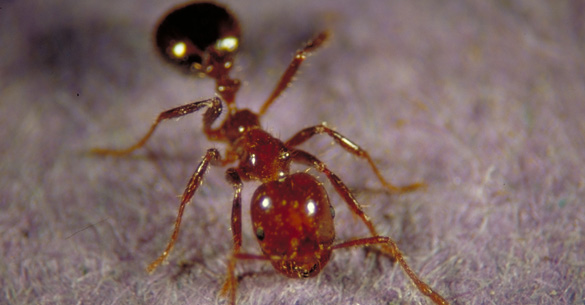

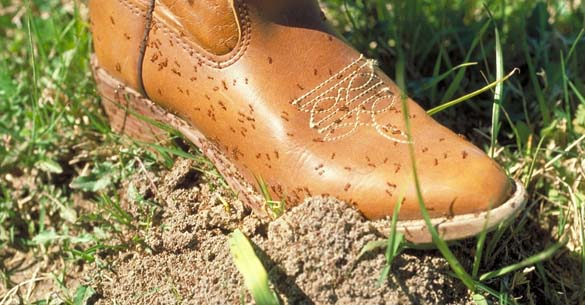
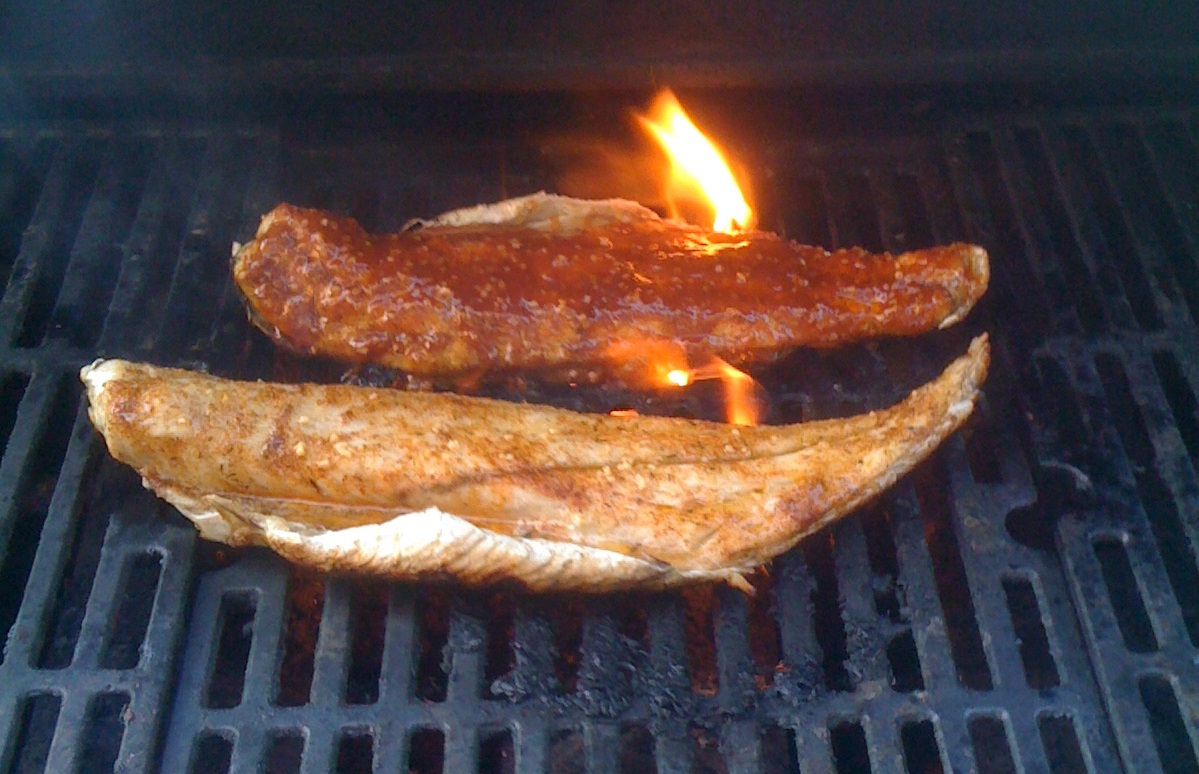
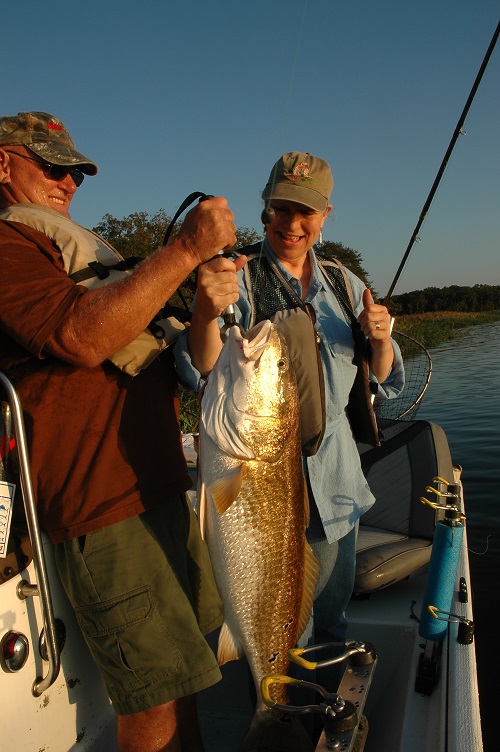
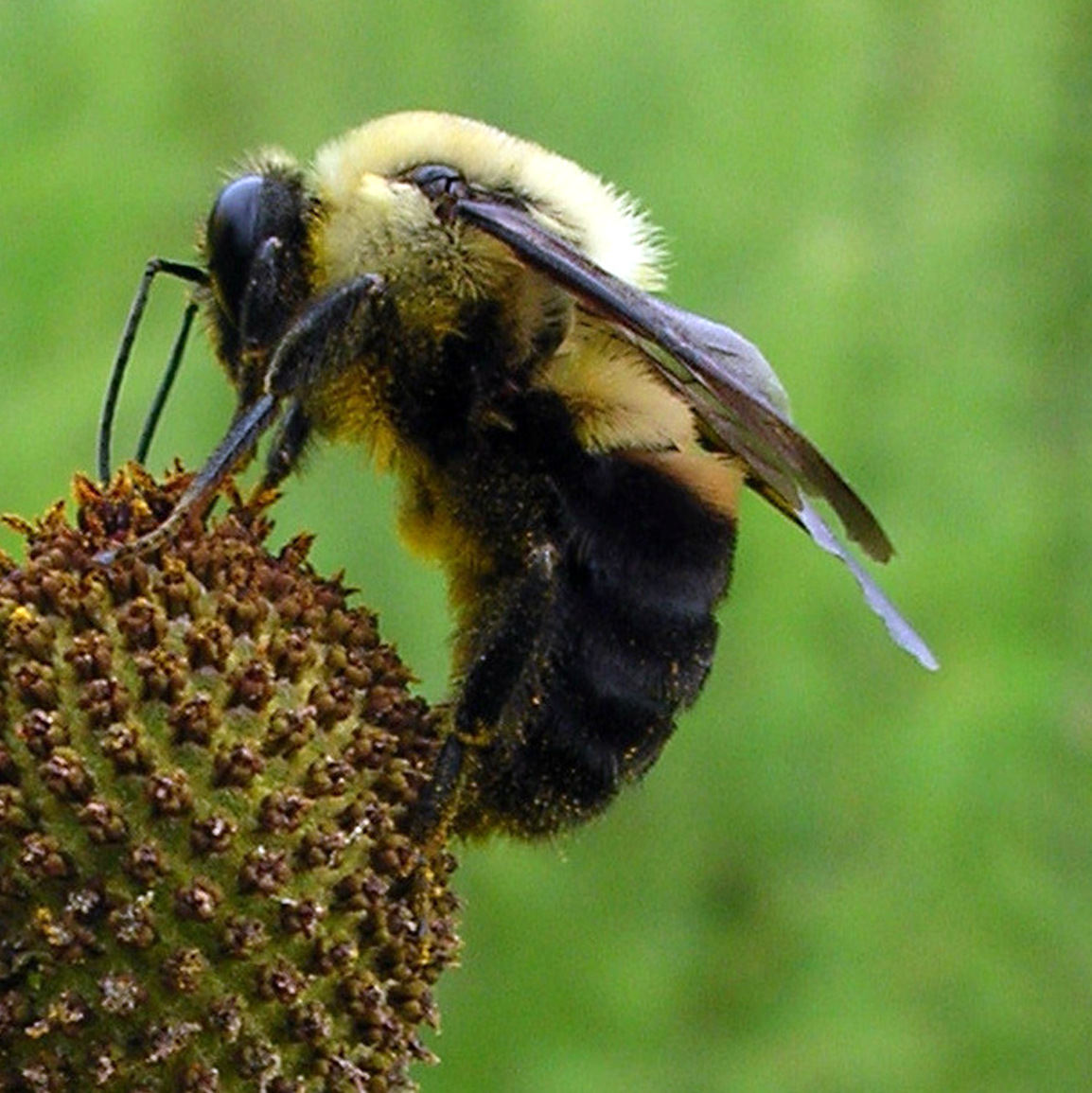

 Passport to Texas is a
Passport to Texas is a  Passport to Texas is made available by:
Passport to Texas is made available by: